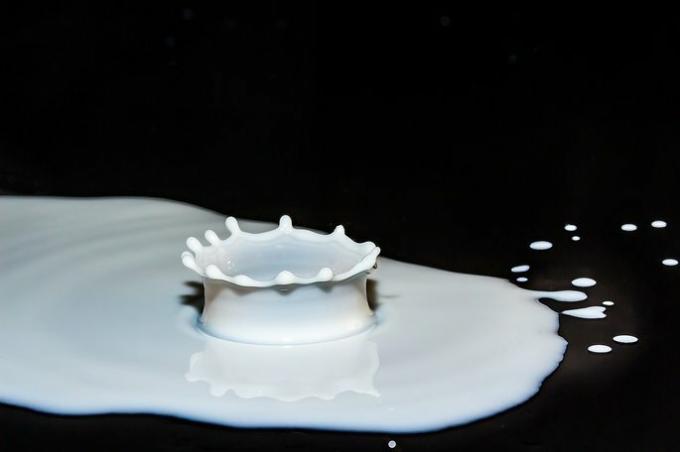Monocotyledons are a class of plants that have only one cotyledon in their seed. Dicotyledons are a class of plants characterized by the presence of two lateral cotyledons in each seed.
The two classes also have differences in their flowers, stem, leaves and other characteristics.
| monocots | dicots | |
|---|---|---|
| Definition | Monocotyledons are a class of plants that are characterized by the presence of a terminal cotyledon in each seed. They are mainly herbaceous. | Dicotyledons are a class of plants that have two lateral cotyledons in each seed. |
| Embryo | Monocotyledons have a terminal cotyledon. | Dicotyledons have two lateral cotyledons. |
| leaf veins | The leaf veins are parallel. | The leaf veins are reticulate (branched). |
| type of leaves | Isobilateral | Dorsiventral. |
| roots | Fasciculate root. | Pivoting or axial root. |
| Flowers | Petals in multiples of three. | Petals in multiples of four or five. |
| bulliform cells | Many monocots have bulliform cells in their leaves to regulate water loss. | The leaves of dicots do not have bulliform cells. |
| Stem and vascular system | Vascular bundles are scattered throughout the stem without any particular arrangement. | Bundles of vascular tissue arranged in a circle. |
| Pollen | Pollen with a single furrow or pore. | Pollen with three furrows or pores. |
| Examples | Grains, (wheat, corn, rice), lilies, daffodils, sugar cane, banana, ginger, grass, onion, bamboo, palm, banana trees. | Vegetables (peas, beans, lentils, potatoes) daisies, mint, lettuce, tomatoes, eucalyptus, strawberries, apples. |
Number of cotyledons in the embryo
The number of cotyledons differs in the two types of plants, being the basis for the main classification of monocotyledons and dicotyledons. While monocots have only one cotyledon, dicots have two.
Cotyledons are the first leaves to appear in the plant embryo. They contain nutrition for the embryo until it is able to grow leaves and produce its food through the process of photosynthesis.
vascular system
The vascular system is dispersed in monocots, without any particular arrangement. The internal structure of the stem of dicotyledons is composed of vascular bundles, which are distributed around a central cylinder.
flower petals
The number of flower parts is different in the two groups. While in monocots they appear in multiples of three, flowers in dicots are formed in multiples of four or five.
Differences in the leaves
The leaves of dicotyledons are dorsiventral, that is, they have two surfaces (upper and lower surface of the leaf) that differ from each other in appearance and structure. In addition, leaf veins occur in a reticulated arrangement along the leaf.
The leaves of monocots are isobilateral, that is, both surfaces have the same appearance and are structurally the same. In most species, the leaves of monocots have a parallel arrangement of veins.
roots
Roots may develop from a main radicle or branch out from the stem.
The root system of monocots is a fasciculate, fibrous root system with several moderately branched roots growing from the stem.
On the other hand, dicots have a taproot system, with other taproots sprouting laterally from it. They are called axial or pivotal roots.
Examples of monocots and dicots.
There are about 65,000 species of monocots. Some examples include grains such as wheat, corn and rice. Other examples are lilies, daffodils, sugar cane, banana, ginger, grass, onion, bamboo, palm, banana trees.
Examples of dicots include daisies, mint, lettuce, tomatoes, eucalyptus, strawberries, apples, as well as vegetables such as peas, beans, lentils and potatoes. There are about 250,000 species in this class.
See also the difference between:
- gymnosperms and angiosperms
- Vegetables and Vegetables



